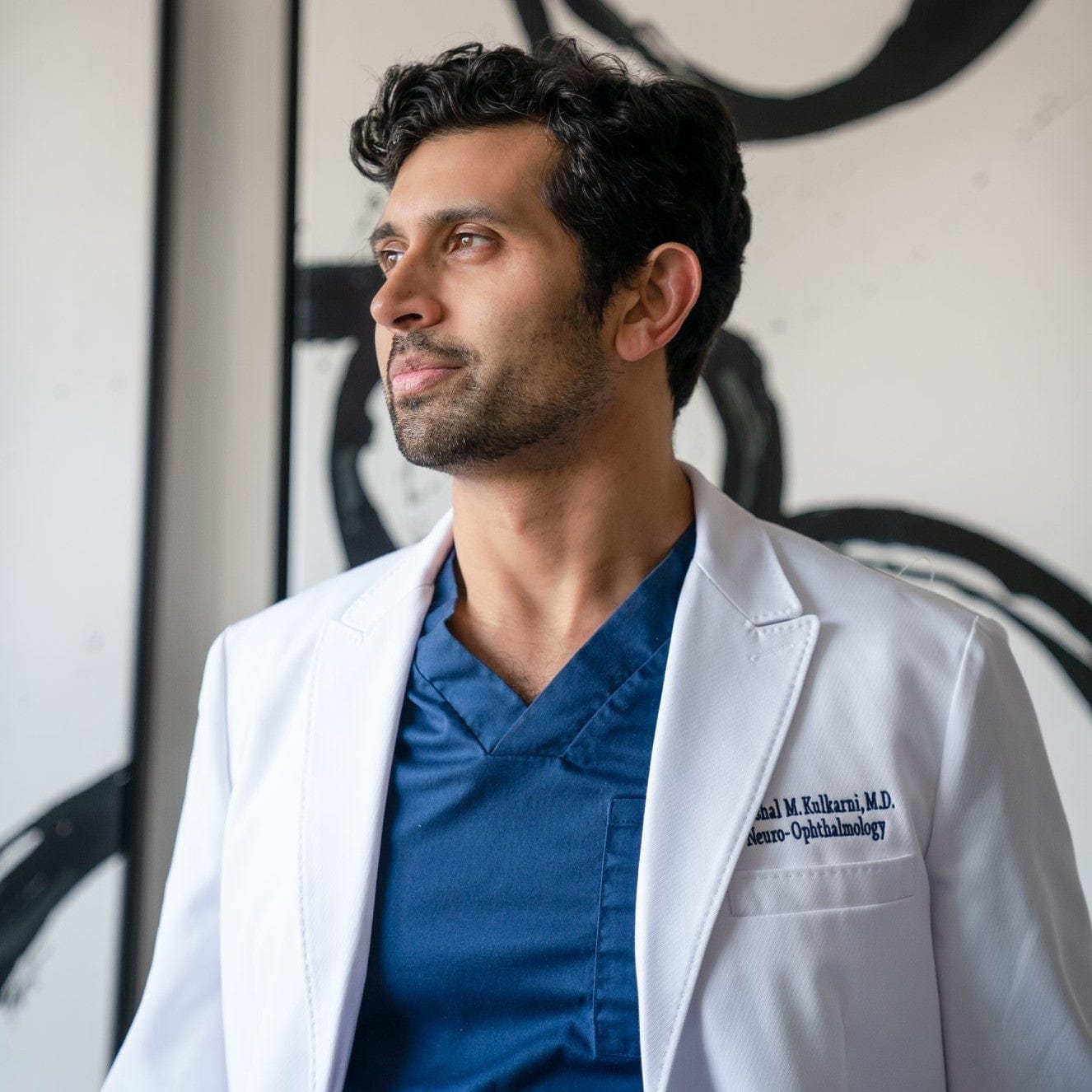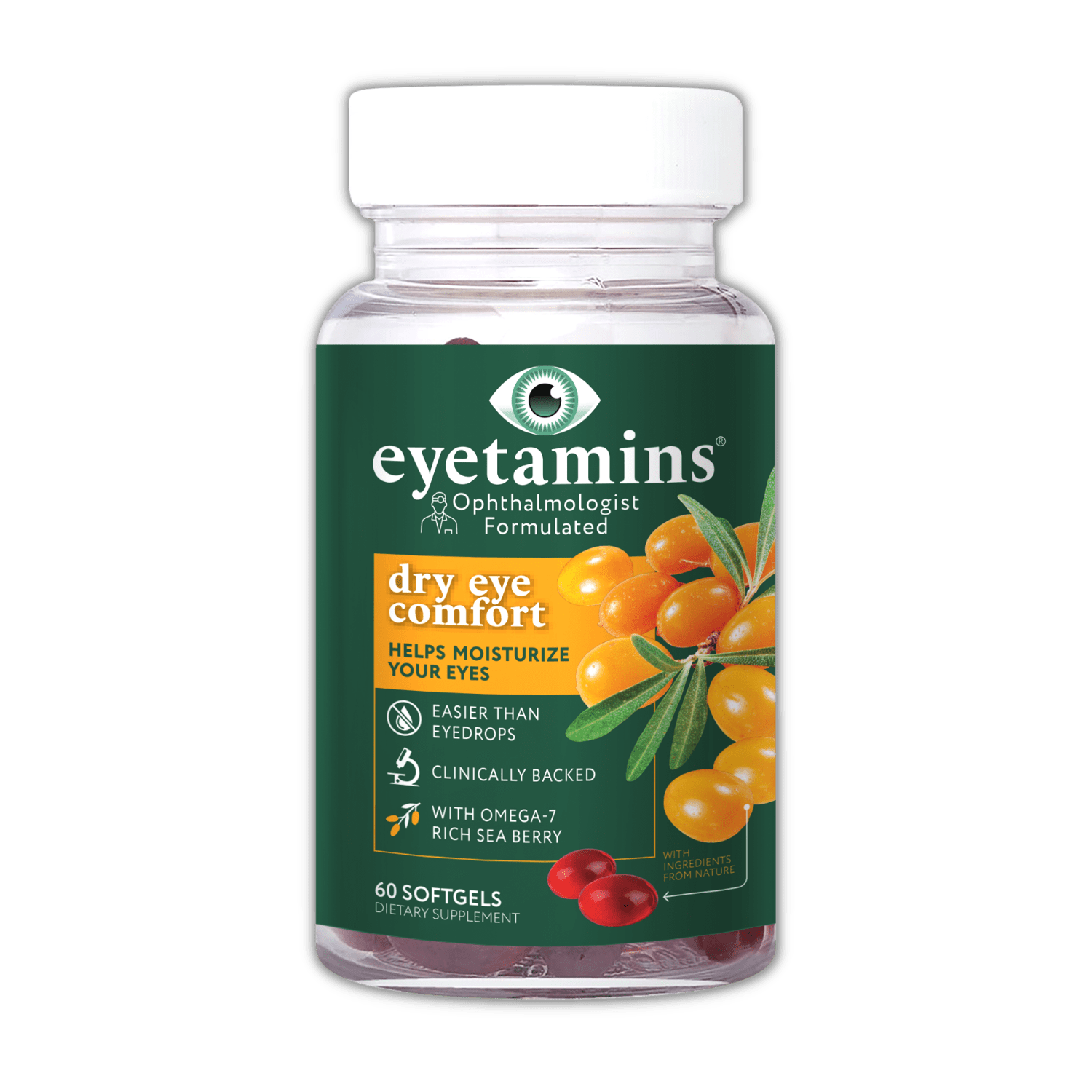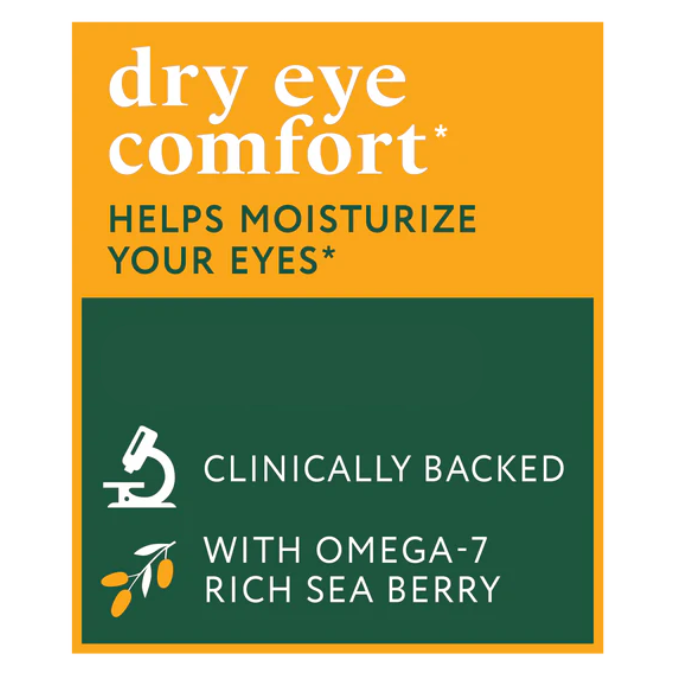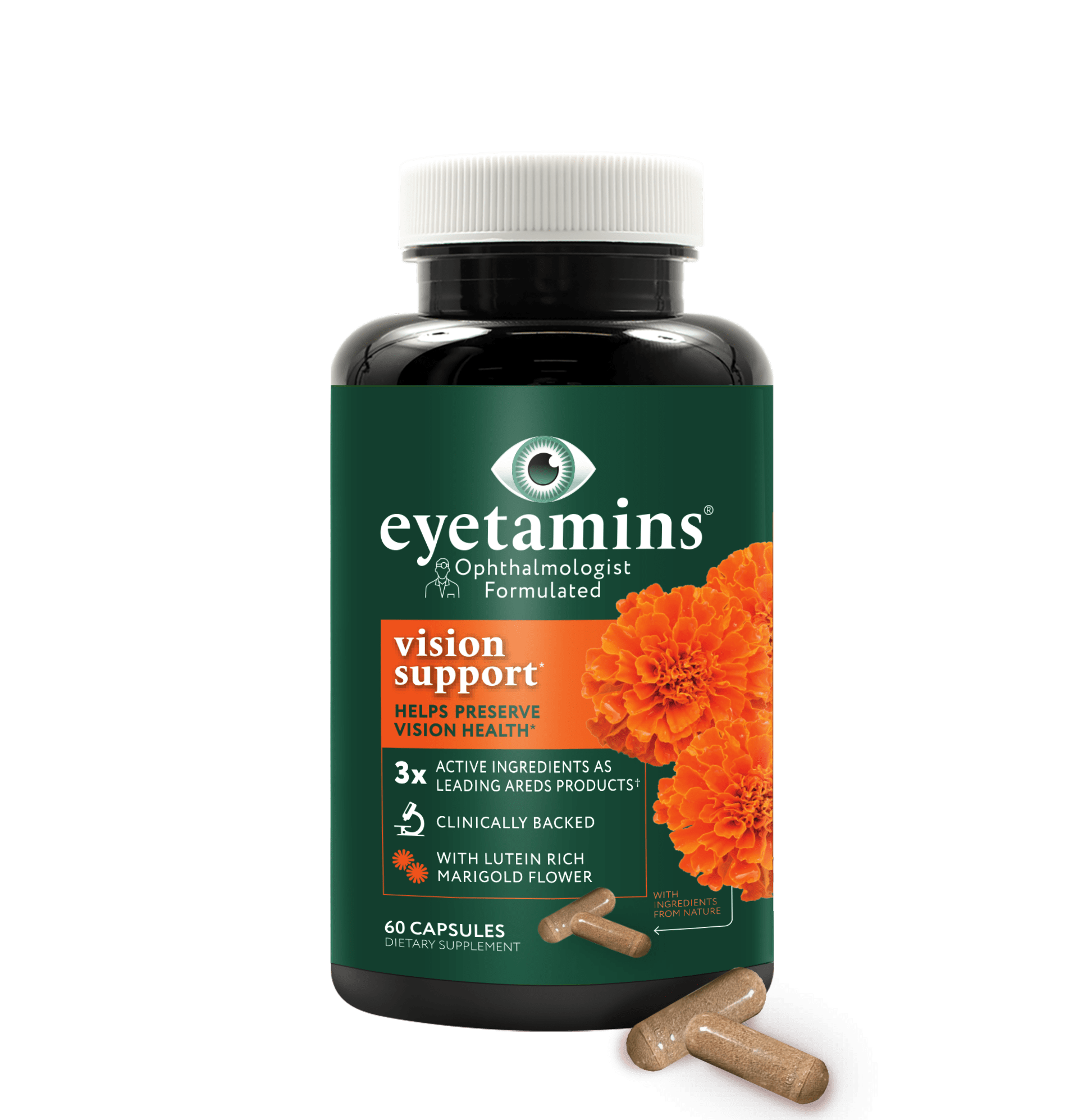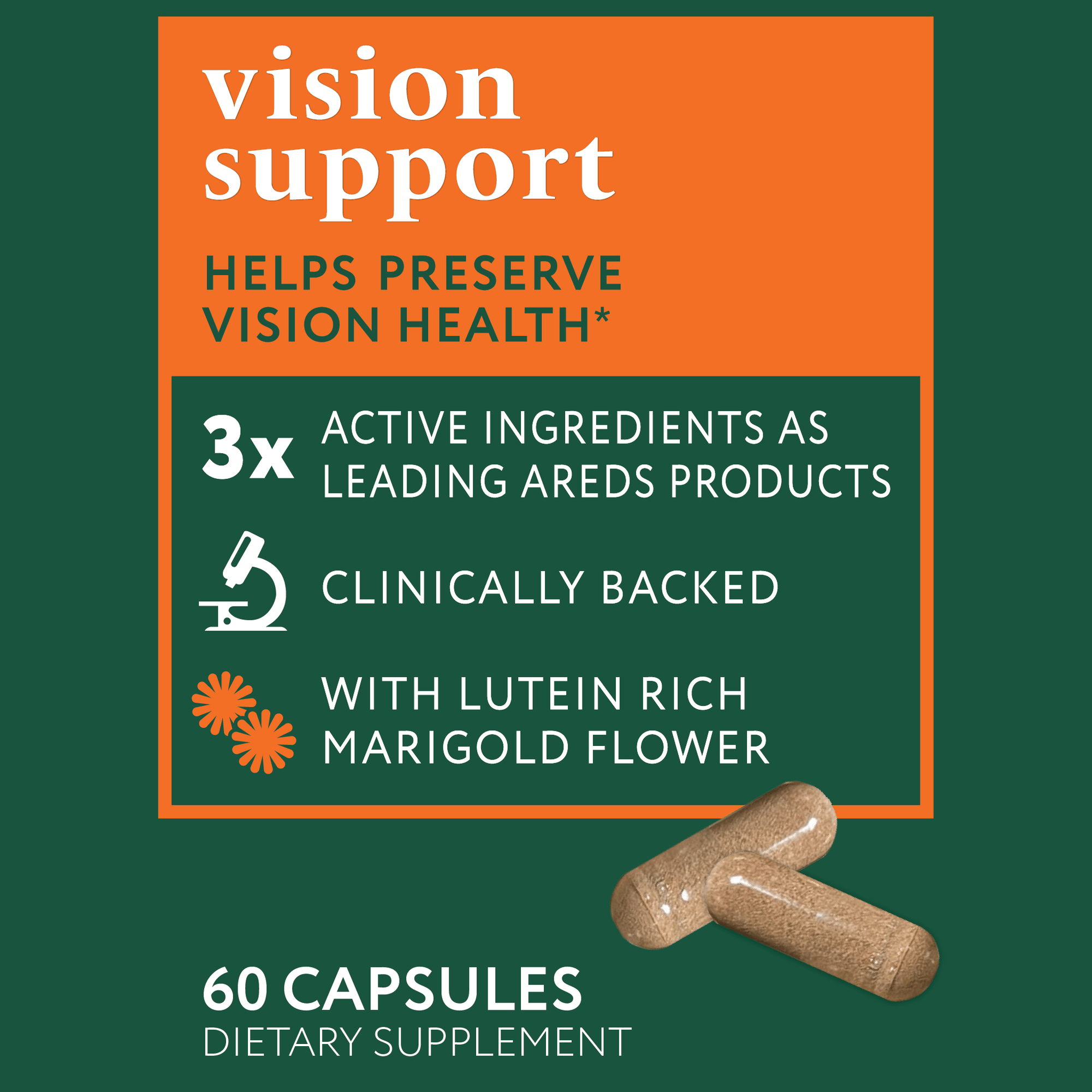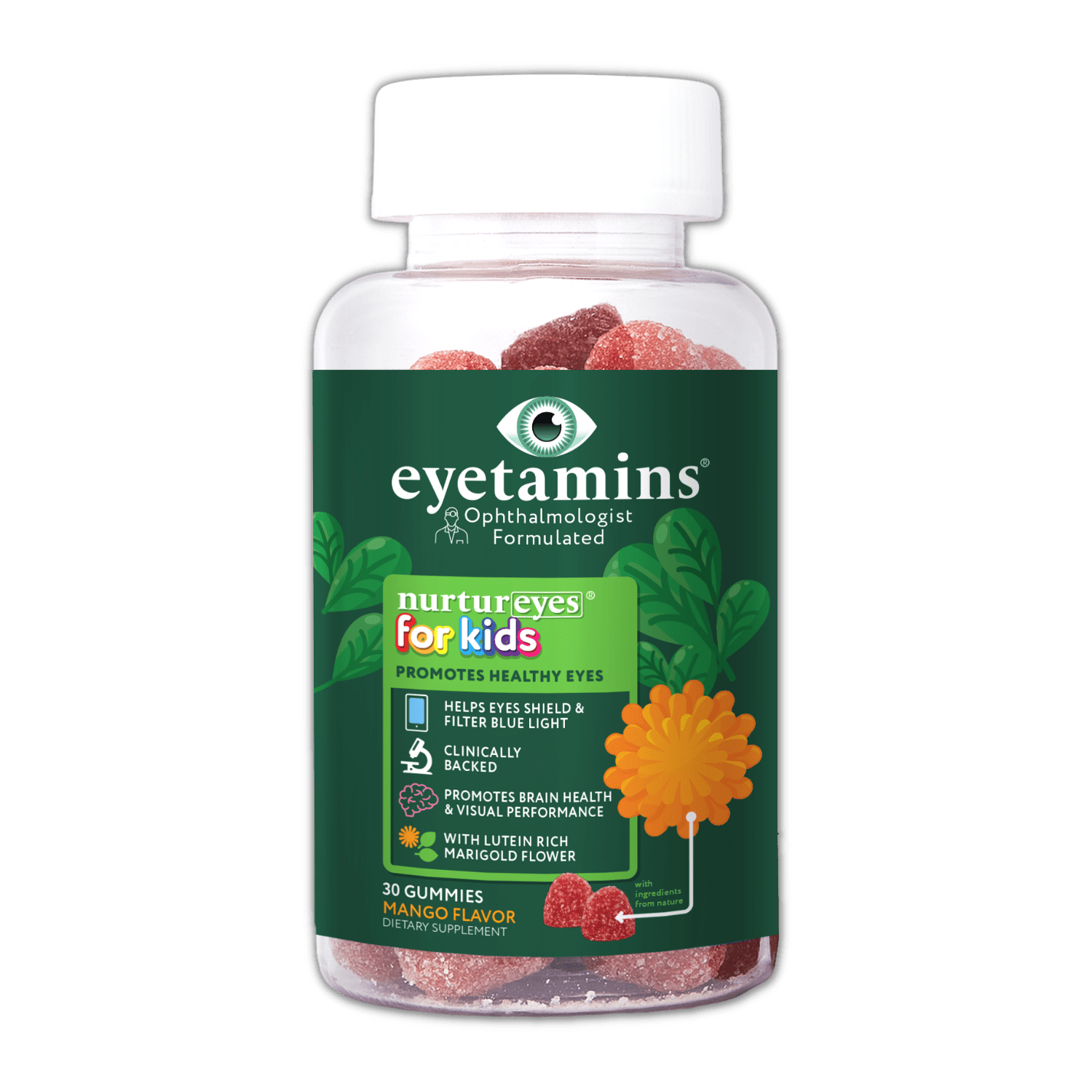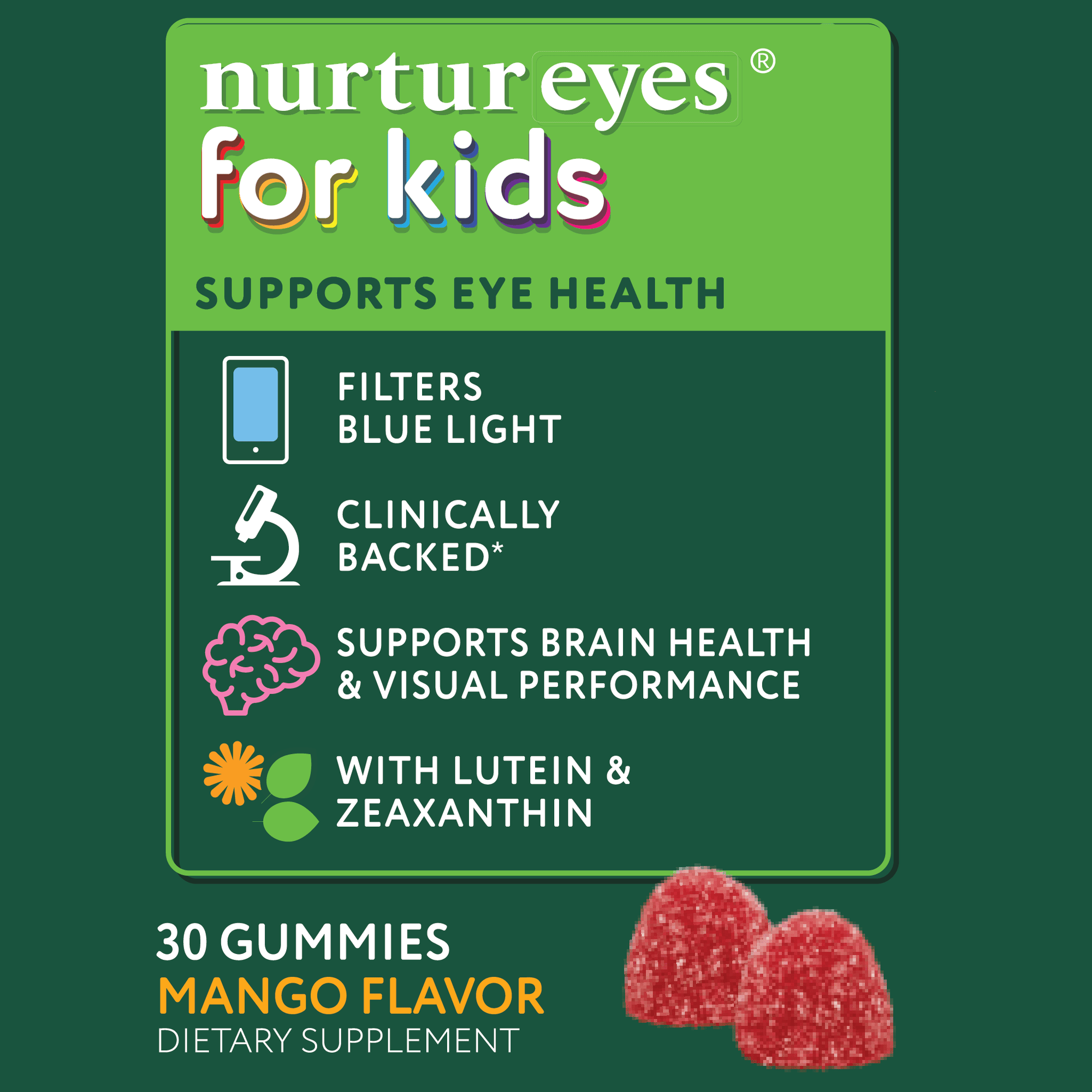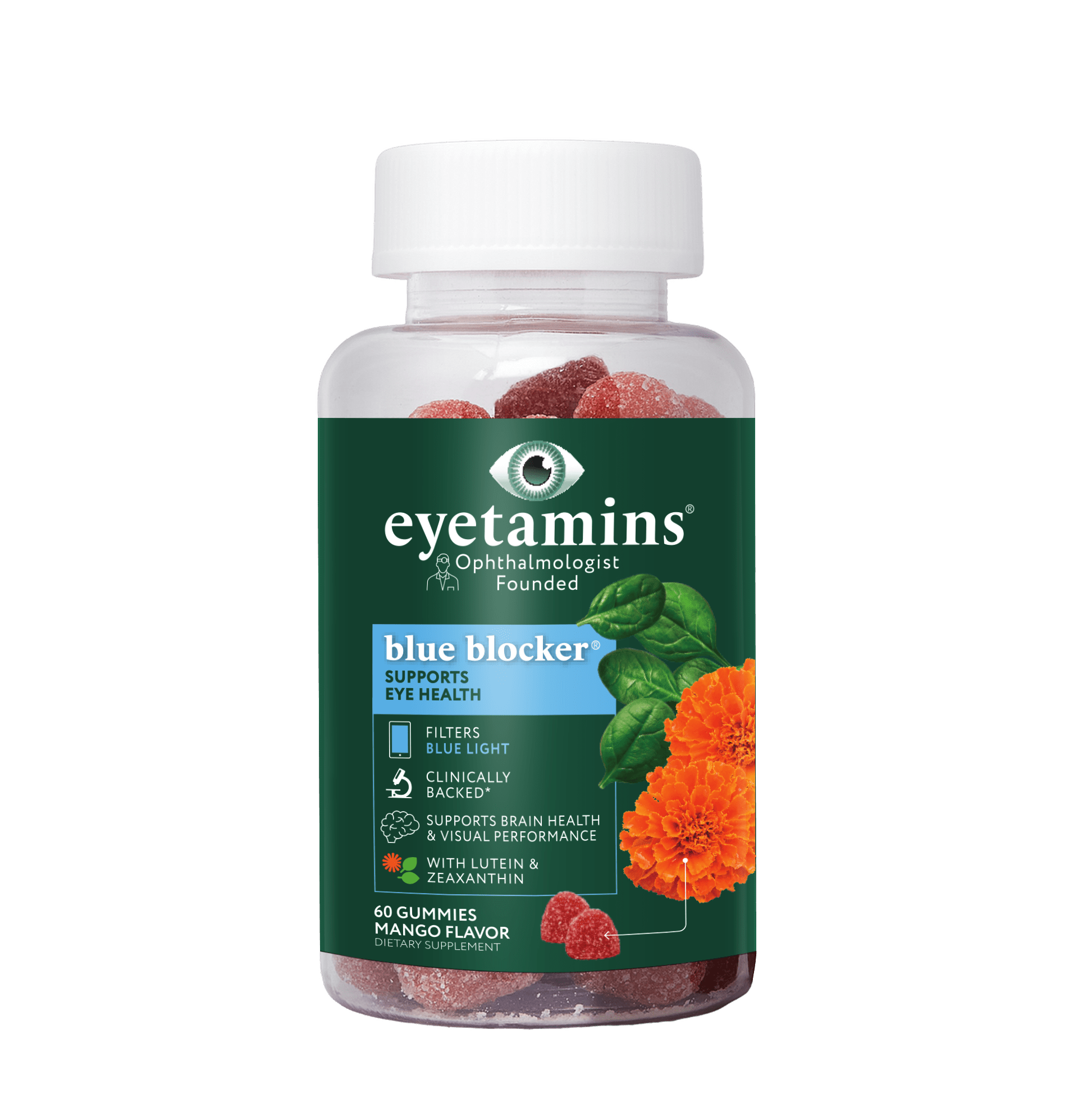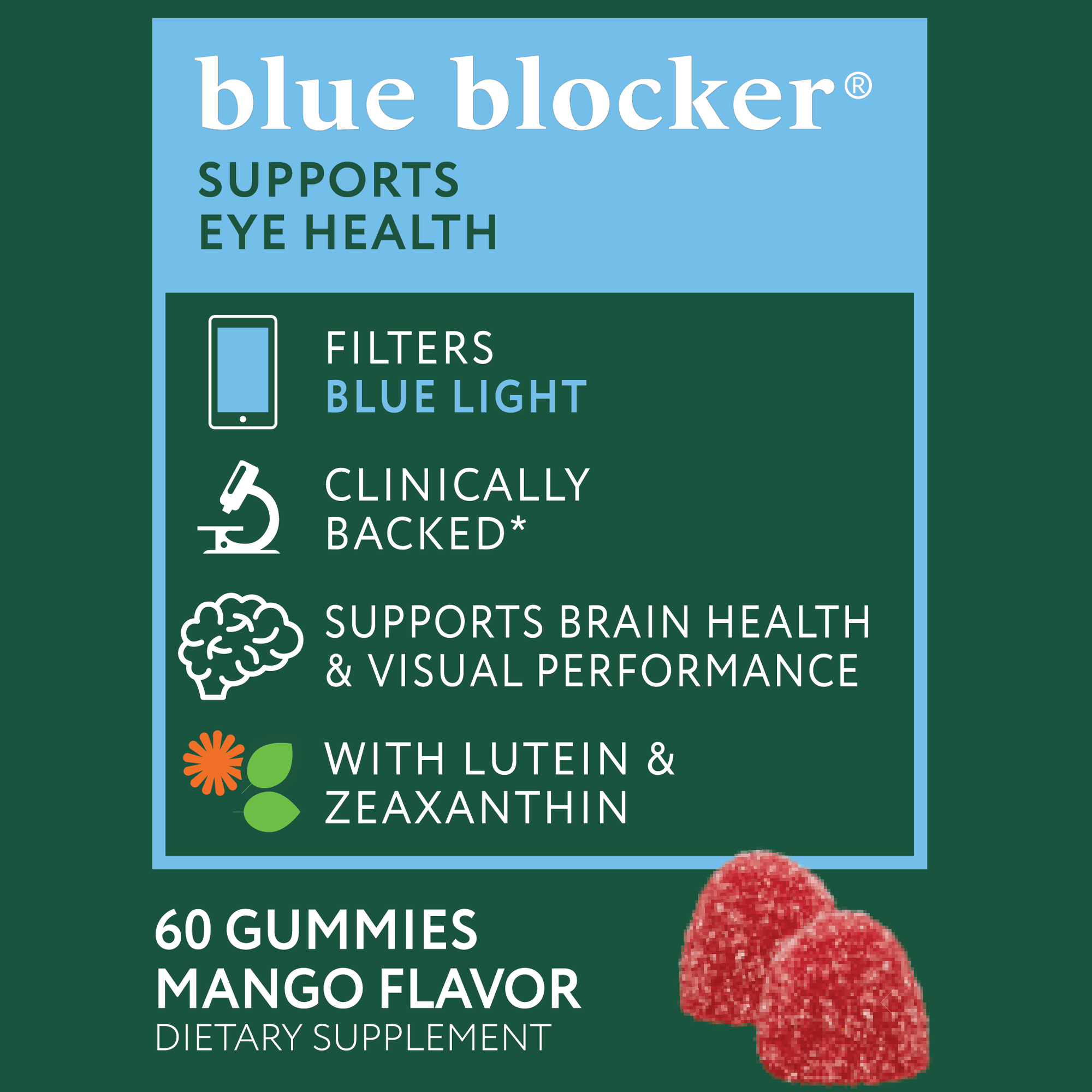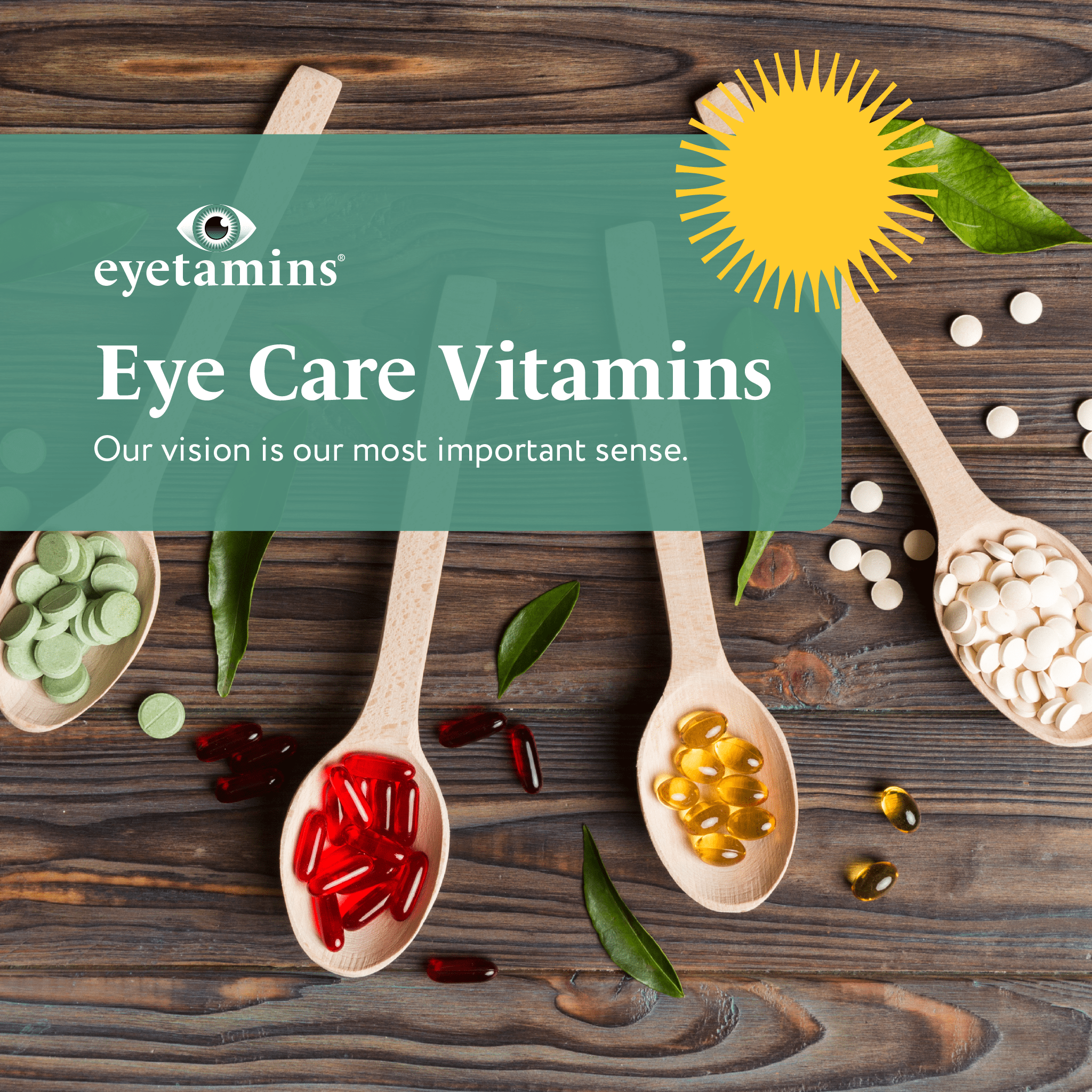· By Dr. Kaushal M. Kulkarni, M.D.
What Can You Do To Support Your Child's Eyesight?
Good vision is essential for children to succeed in school and in life. Unfortunately, many children suffer from poor eyesight, which can impact their ability to learn and lead healthy, productive lives.
Can children's eyesight be helped or supported? In this article, we answer just that question. We also dive into the most common causes of poor eyesight in kids, and offer suggestions on supporting your child's eyesight naturally. Let's get to it!

What Causes Poor Eyesight in Children?
There are many factors that can contribute to poor eyesight in children. These include:
Myopia
According to the American Optometric Association, myopia, or nearsightedness, is the most common refractive error among children in the United States. Myopia typically develops in childhood and can progress throughout adolescence.
While glasses or contact lenses can correct myopia, there are also a number of ways to help prevent its progression. For example, spending time outdoors has been shown to reduce the risk of myopia, as has reducing screen time and reading in dim light. In addition, regular eye exams are important for monitoring myopia and catching any changes early.
Hyperopia
If your child has hyperopia, they can see distant objects clearly but have difficulty focusing on close-up objects. Hyperopia occurs when light entering the eye is not focused correctly onto the retina, the light-sensitive layer at the back of the eye.
This can be due to either an unusually short eyeball or a cornea that is abnormally shaped. In most cases, hyperopia is mild and does not require treatment. However, if your child has severe hyperopia, they may need glasses or contact lenses to help them see clearly.
Astigmatism
Astigmatism is a common vision problem that occurs when the eye is unable to focus light properly. This can result in blurred or distorted vision. Astigmatism is often diagnosed in children who complain of headaches or eye strain.
If left untreated, astigmatism can lead to squinting and difficulty reading. However, there are many ways to correct astigmatism, including glasses, contact lenses, and for teens and young adults, refractive surgery.
Amblyopia
Amblyopia is a neurological disorder that affects the vision of children. It is caused by the brain and eye not working together properly, which can cause the child to have blurred vision or lack of vision in one or both eyes. If left untreated, amblyopia will lead to permanent vision loss, since after about age 12, the visual system becomes fairly rigid and fixed. The good news is that amblyopia is treatable, but early intervention is extremely key.
If your child has amblyopia, there are several treatment options available. Patching the stronger eye is one common approach, as it forces the brain to use the weaker eye and can improve vision. In some cases, eye drops like low dose atropine may be used to temporarily blur the stronger eye, again forcing the brain to use the weaker eye. With proper treatment at an early age, children with amblyopia can regain normal vision if caught in the very early stages.
Eye Strain and Eye Dryness
Eye strain and eye dryness in children have been linked to screen time. Children who spend extended periods of time looking at screens - whether it be computers, tablets, TVs, or phones - are more likely to experience symptoms of eye strain and dryness. Screen time can also cause headaches, neck and shoulder pain, and difficulty sleeping - all of which can further impact your child's eyesight.
Can Eyesight in Children Improve Over Time?
This is a complicated issue and depends on what else is going on with a child's eye. Sometimes, if there is no underlying pathology, children's eyesight can improve on its own. This process is known as "refractive error adaptation," and it occurs when the eye's refractive error improves in order to better focus light. This adaptation can be spurred by a variety of factors, including changes in the shape of the eyeball or the development of new neural pathways between the eye and the brain.
While refractive error adaptation is not a cure-all for poor eyesight, it does offer hope that vision problems can sometimes be corrected without intervention. In many cases, however, a child's eyesight does need intervention. If you notice your child developing some vision issues, then it is best to make an appointment with a trusted eye doctor, as many vision issues can be reversed when caught early.
How To Support Your Child's Eyesight Naturally
Though some genetic issues may not prove reversible, visual development in children can be supported naturally by:

Eating a Healthy Diet
A diet rich in fruits, vegetables, and omega-3 fatty acids can help to improve eye health.
One easy way to ensure your child or teenager is receiving the nutrients they need to keep their eyes working at their best is to incorporate a specially formulated children's eye supplement into their daily routine.
Getting Regular Exercise
Exercise helps to improve blood circulation, which can in turn improve vision.
Spending Time Outdoors
Exposure to sunlight helps the body produce vitamin D, which is essential for eye health.
Wearing Sunglasses
Sunglasses protect the eyes from harmful ultraviolet rays.
Avoiding Screen Time
Too much screen time can lead to digital eye strain, which can cause fatigue and blurriness, among other issues.
People Also Ask
1. How can I support my child's eyesight naturally?
First, make sure they're eating a healthy diet rich in vitamins A and C, as both of these nutrients are essential for eye health. You can also encourage them to spend time outside every day, as exposure to natural light helps to reduce the risk of myopia (nearsightedness). Finally, make sure they're taking regular breaks from screens. Too much screen time has been linked to eye fatigue and dryness.
2. Can children's eyesight get better?
The answer to this question is a bit complicated, because a lot depends on the individual child and their overall health. If a child has good eye health and no vision problems, then glasses or contact lenses should be enough to get your child to see 20/20.
However, if a child has poor eye health or is suffering from a vision problem, it's important to take them for regular eye exams and to treat any vision problems as early as possible.
3. What is normal vision for a 7-year old?
Normal vision for a 7-year old is 20/20 vision, meaning they can see an object 20 feet away as clearly as somebody else who is standing 20 feet away. Seven-year olds also have a wide peripheral range or field of vision, and their depth perception and color identification skills are typically well developed by this age.
Conclusion
In conclusion, there are a few different ways to support your child's eyesight naturally. First, make sure they're getting enough of the right nutrients by incorporating a supplement into their daily routine.
Second, encourage them to get regular exercise, as this can help improve blood circulation to the eyes.
Finally, make sure they're spending time outdoors every day and taking breaks from screens when necessary. By following these tips, you can help to ensure that your child has healthy vision for years to come.

